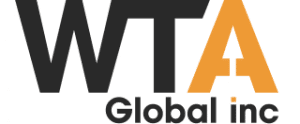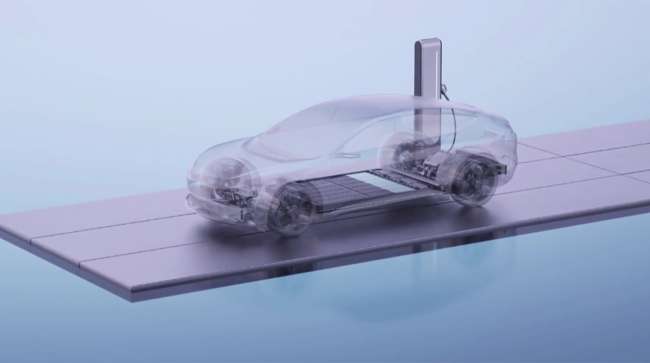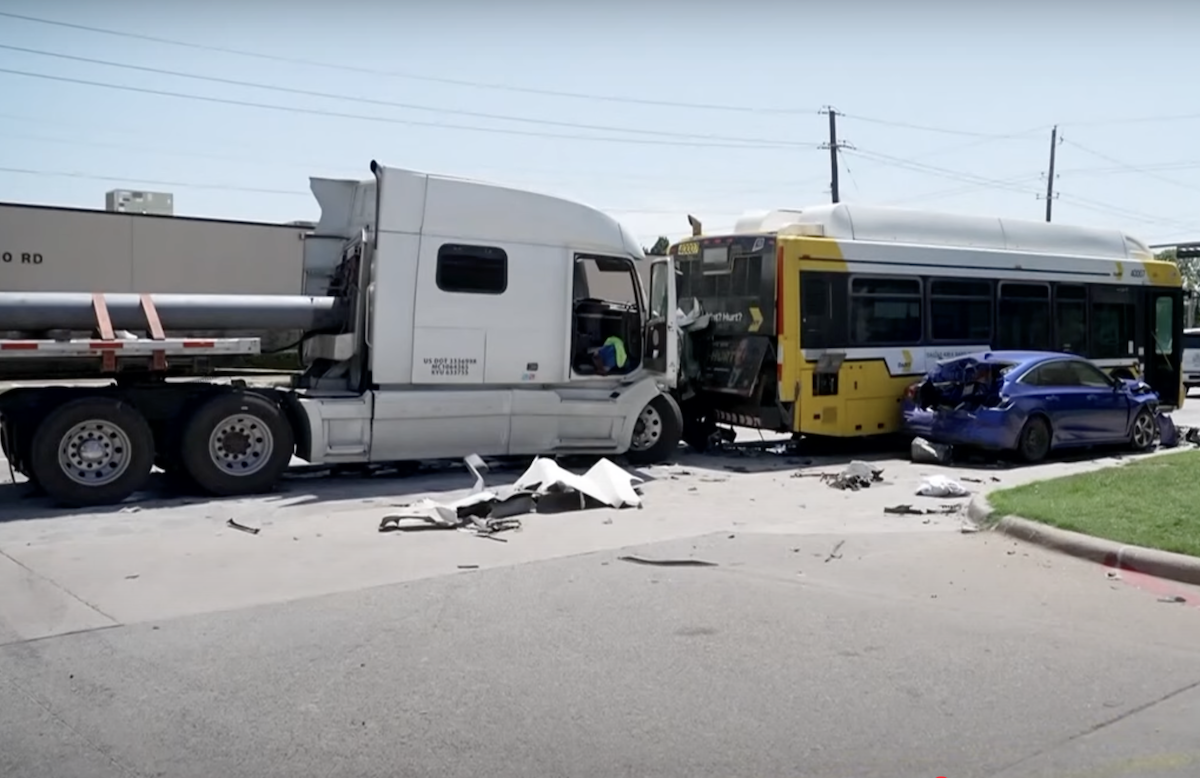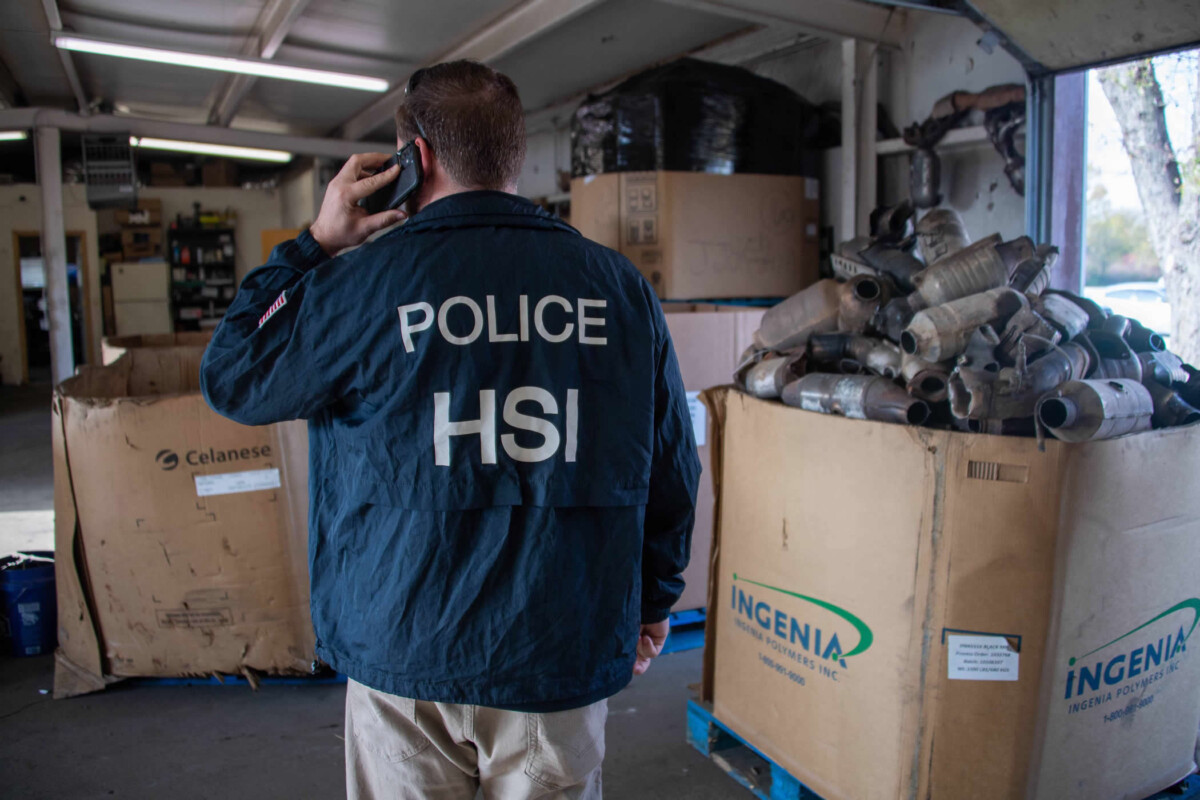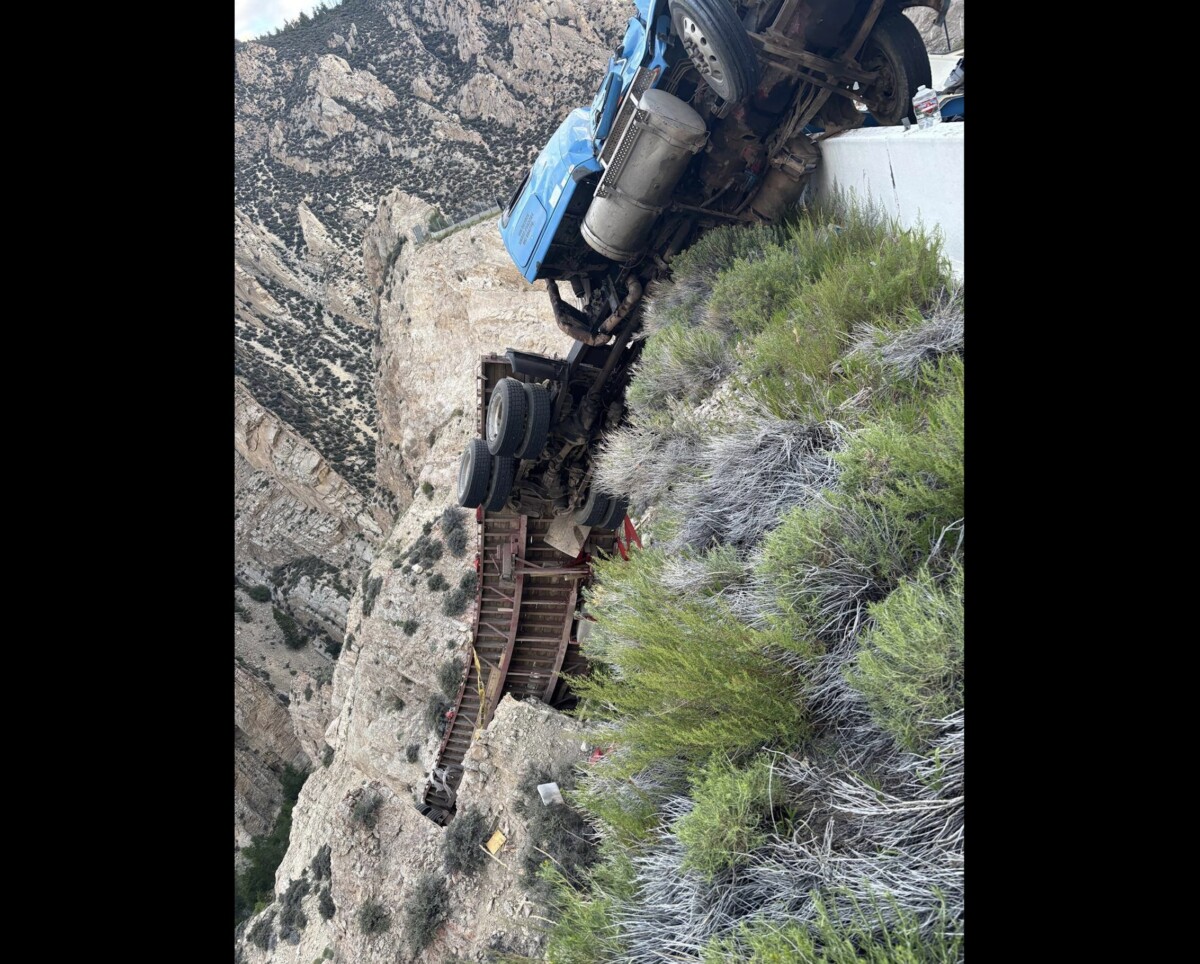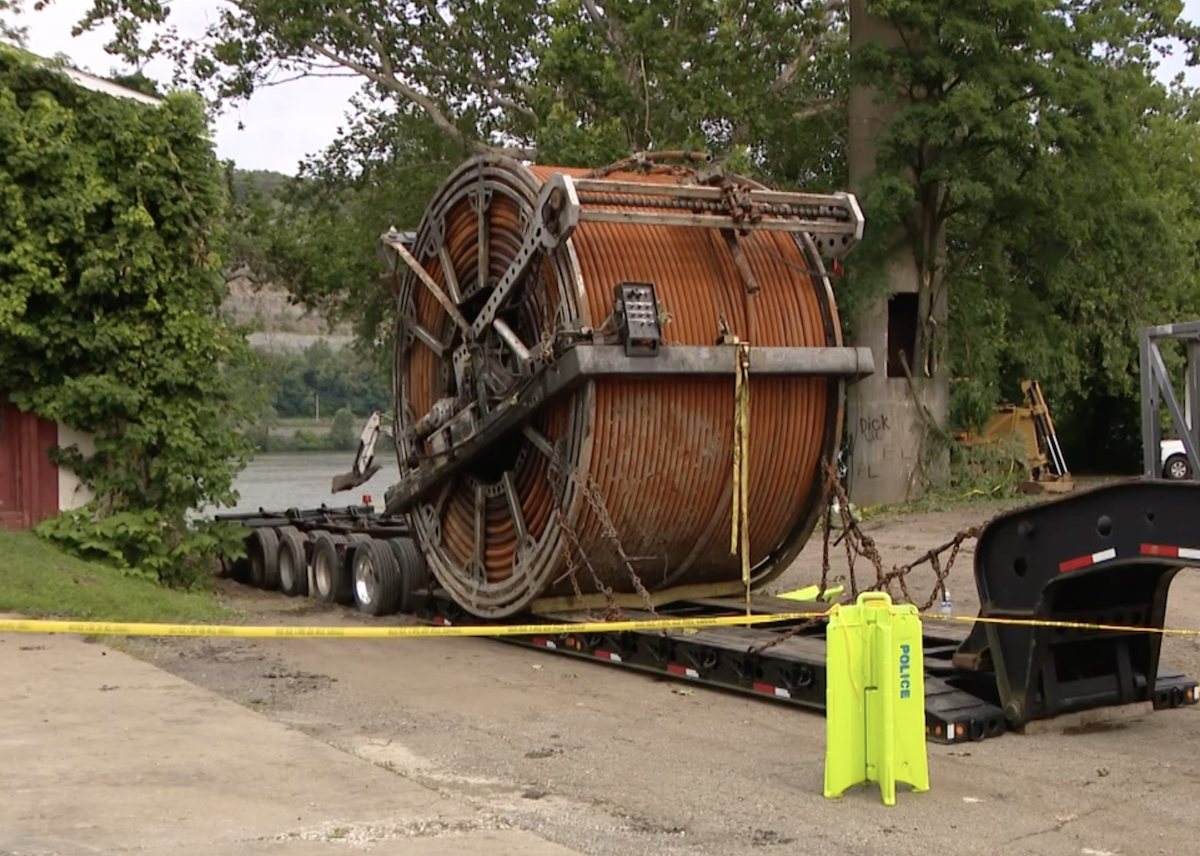CATL demonstrates its EV charging capabilities. (CATL via X)
Contemporary Amperex Technology Co. Ltd., the world’s biggest producer of batteries for electric vehicles, unveiled the latest versions of its cells, playing up the durability and range of its products as the perceived limits of EVs still stop many consumers from making the switch.
CATL teased the latest innovations at its Tech Day on April 21 in Shanghai — a multi-hour event that took place in a converted warehouse on the outskirts of China’s financial capital. Hundreds of media, influencers and industry watchers crowded in to hear from CATL Chief Technology Officer Gao Huan and to catch a glimpse on the big screens of billionaire founder and chairman, Robin Zeng.
Zeng only took to the stage near the end of the event, to promise it would become an annual occurrence and remind people that CATL has “never defined itself as a battery manufacturer but a pioneer of the clean energy system.”
Even so, one of the main products CATL talked about was an upgraded version of its Shenxing battery, a cell it says can now offer 520 kilometers (323 miles) of range from just five minutes of charging time. BYD Co., which is primarily an automaker but which also makes its own batteries and semiconductors, recently launched a car system it says can charge a vehicle for 400 kilometers in about the same time.
The next leap in battery tech is about to be revealed.
Join us LIVE for CATL TECH DAY 2025, where we break through the limits of battery and redefine what’s possible.
📅 Date: April 21st, 2025
🕒 Time: 15:00 (UTC+8) https://t.co/ZycVMDxbTx— CATL (@catl_official) April 21, 2025
CATL batteries can already be found in a wide range of automakers’ EVs. Tesla Inc. is one of its top customers and it has a technology licensing agreement with Ford Motor Co. Its hold on the world’s market for EV batteries is hard to overstate. CATL commands a share of around 38.2% based on data for the first two months of the year, according to SNE Research. Its nearest competitor BYD is at 16.9%.
Also a popular topic at the event, taking place a few days ahead of China’s annual premier auto show, were sodium-ion batteries.
CATL said its sodium-ion cell, called Naxtra, is ready for commercialization and has been tested under a number of extreme circumstances, including very cold weather and fire. Even after being placed in an ice chamber with a temperature of minus 40 degrees Celsius, Naxtra had zero power degradation, executives said.
Naxtra should give a hybrid vehicle around 200 kilometers of range, stretching to 500 kilometers for an EV.
(Bloomberg Television via YouTube)
Sodium-ion batteries offer several advantages including being more cost effective due to the abundance and lower price of sodium compared to lithium. They also have higher safety and stability, considering sodium is less reactive, reducing the risk of fire hazards.
CATL also unveiled a range of dual-power batteries in a variety of chemistries and energy densities that it said offer up to a 1,000 kilometers of range.
CATL’s innovation and success in car batteries has also given it the ability to push into more ambitious areas, such as electric vertical takeoff and landing craft, or eVTOLs.
While a battery for an airborne craft wasn’t a topic of Tech Day, CATL has said its eVTOL, powered by one of its electric cells, can fly up to 250 kilometers — the equivalent of New York to Philadelphia, or Brussels to Amsterdam — at speeds of 200 kilometers per hour.
CATL reported a 33% jump in first-quarter earnings earlier this month, with net income of 14 billion yuan ($1.9 billion) versus estimates of 13.8 billion yuan defying a drop in the prices of the cells that power EVs. Its shares are down around 13% since January.
